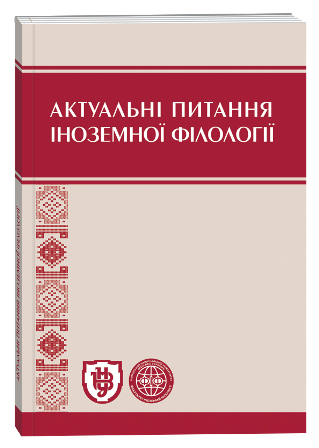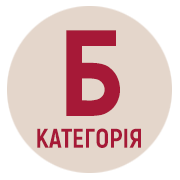TONE ANALYSIS OF COLLOCATIONS WITH THE COMPONENT «ПЕРЕМОГА»
DOI:
https://doi.org/10.32782/2410-0927-2023-19-3Keywords:
tone analysis, media discourse, collocations, GRAC, Google Cloud Natural Language API.Abstract
This article discusses methods of tone analysis, which have become very popular in recent years, and this interest has spread not only to academics but also to companies, governments, and various organizations. The study analyzes several significant scientific works related to this issue. The study is devoted to the tone analysis of collocations with the component "victory", which were extracted from the corpus of modern periodicals from the GRAC based on the Sketch Engine software. A total of 70 collocations were collected, covering the period of war since February 2022. Tone analysis was conducted using the Google Cloud Natural Language API. This is a powerful and very easy-to-use tool that uses advanced machine learning capabilities developed by Google to analyze and understand the structure and meaning of text. It has a number of natural language processing features, including sentiment analysis, object recognition, and parsing. This enables developers to create applications that can process and analyze large amounts of text in real time. The API provides a tone score and magnitude for each piece of text, with the score ranging from -1 (negative) to 1 (positive). The dominance of a positive tone was found to be 66%. The main phrases reflecting a positive assessment include «наша перемога», «велика перемога», «нова перемога». This indicates optimism and belief in victory among the Ukrainian population. We also identified word combinations that received a neutral assessment and rare cases when the word «перемога» is associated with negative emotions. We also classified collocations using the Text Moderation function. This study helps to better understand the perception of and attitudes toward the concept of «перемога» in Ukrainian society during the Russian-Ukrainian war.
References
Бобкова Т. Теоретико-методологічні підходи до вивчення колокацій у сучасному мовознавстві. Вісник Київського національного лінгвістичного університету. Серія «Філологія». 2014. T. 17. № 2. C. 14–22.
Генеральний регіонально анотований корпус української мови (ГРАК) / М. Шведова, Р. фон Вальденфельс, С. Яригін, А. Рисін, В. Старко, Т. Ніколаєнко та ін. Київ, Львів, Єна, 2017-2023. – uacorpus.org.
Дарчук Н. Лінгвістичні засади автоматичного сентимент аналізу українськомовного тексту. Science and education a new dimension. 2019. № 189. С. 10–13.
Немеш О., Романюк А., Теслюк В. Аналіз тональності тексту: основні поняття та приклади застосування // Людина. Комп’ютер. Комунікація: зб. наук. праць. Львів: Видавництво Львівської політехніки, 2015. С. 47–49.
Онищенко І. В. Категорія оцінки та засоби її вираження в публіцистичних та інформаційних текстах: автореф. дис. ... канд. філол. наук: 10.02.01. Дніпро, 2004. 22 с.
Романишин М., Романюк А. Тональний словник української мови на основі сентимент-анотованого корпусу.Українське мовознавство. 2013. Вип. 43. С. 63–74.
Шаховська Н., Шаховська Х. Метод аналізу відгуків клієнтів з природномовних текстів // Штучний інтелект. 2018. № 3 (81). С. 18–26.
Kumar A, Sebastian TM .Sentiment analysis: a perspective on its past, present and future. Int J Intell Syst Appl, 2012. № 4(10), 11–14.
Liu B. Sentiment Analysis and Opinion Mining. Williston-London: Morgan&Claypool Publishers, 2012. 168 p.
Liu B. Sentiment Analysis: Mining Opinions, Sentiments and Emotions and Subjectivity. Cambridge: Cambridge University Press, 2015. 384 p.







